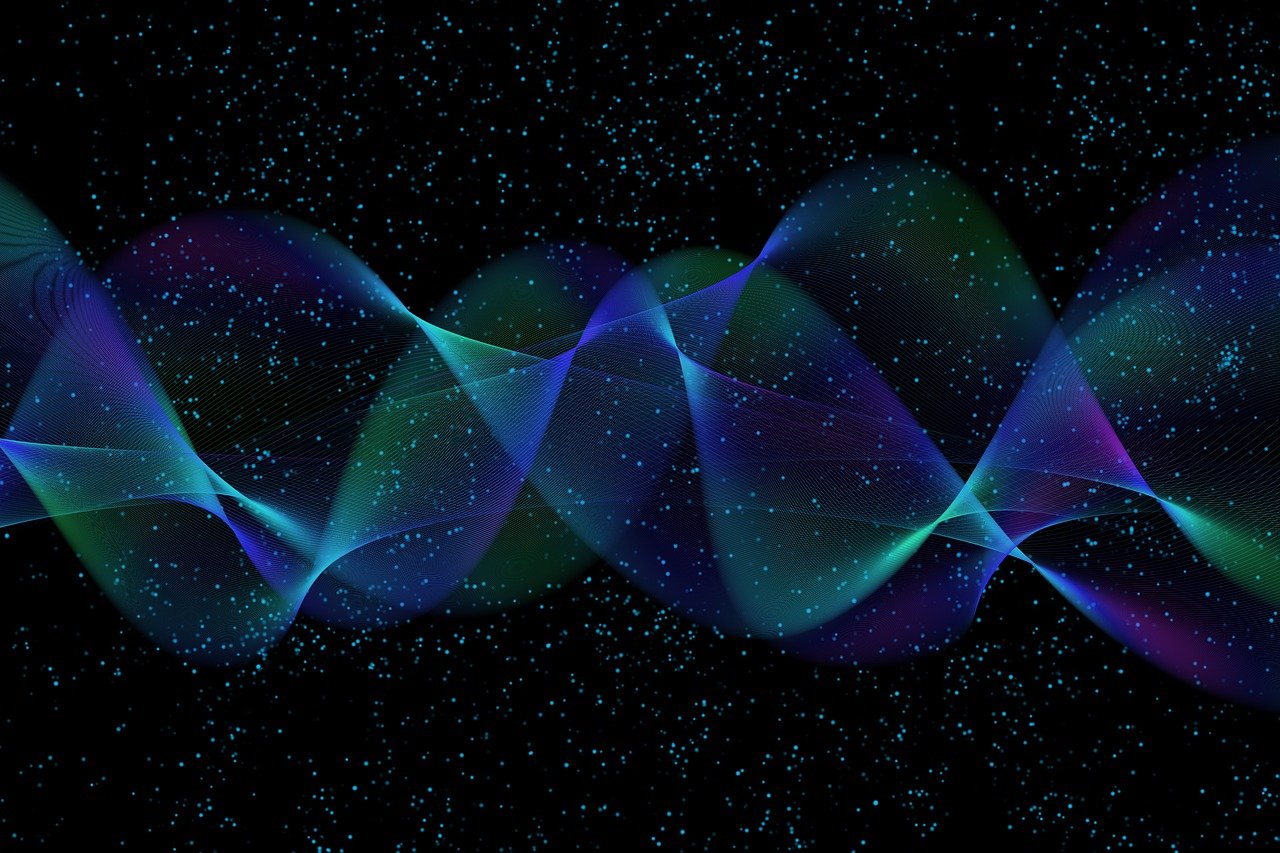Almost a century ago began the history of quantum mechanics. Today we can say that quantum principle, effects and applications are everywhere in our world.
The proof is that the last week two important Nobel Prizes have been assigned for quantum applications: the Chemistry Nobel Prize and the Physics Nobel Prize.
In the first case the Royal Swedish Academy of Sciences has decided to award Moungi G. Bawendi, Louis E. Brus, and Alexei I. Ekimov the Nobel Prize in Chemistry 2023, for the discovery and synthesis of quantum dots.
In the second one the Royal Swedish Academy of Sciences has decided to award the Nobel Prize in Physics 2023 jointly to Pierre Agostini, Ferenc Krausz and Anne L’Huillier for experimental methods that generate attosecond pulses of light for the study of electron dynamics in matter.
- Nobel Prize in Chemistry

The discovery of quantum dots, and the ability to synthesize such materials with high accuracy but relatively simple chemical methods, was an important step in the development of nanoscience and nanotechnology. At the scale of nanometres, materials and particles attain new, size-dependent properties that can be harnessed and controlled for novel applications. Possible applications in areas as diverse as biotechnology, catalysis, sensing, medical
diagnostics (precision medicine), electronics, photonics, and quantum technology.
Quantum dots constitute a new class of materials that is neither molecular nor bulk. They have the same structure and atomic composition as bulk materials, but their properties can be tuned using a single parameter, the particle’s size. The idea that the size of these nanoparticles could alter their properties was predicted nearly a century ago, but at the time it seemed impossible to reproduce that effect in the real world. To do that, it is needed a perfectly crystalline material, and would need to control the size of the nanomaterial very precisely, sculpting it atom layer by atom layer.
Revolutionary applications
Quantum dots make it possible to very precisely change the color of LED lights and dramatically improve their efficiency. Dots that glow with fluorescent light, injected into the body and attached to immune cells that swarm to cancerous tissues, can help surgeons distinguish even hard-to-see tumors. The ability to be tuned to absorb different wavelengths of light could also allow the manufacture of customized solar cells that are highly efficient in different light conditions. The dots might also be used to build quantum computers.
- Nobel Prize in Physics
The Nobel Prize in Physics has been assigned to three physicists that illuminated the ultrafast world of the electrons. Electrons in fact, zip around at extreme speeds; their observation is possible only with pulses of light that are extremely short. With the lasers advent, the measuring timescale became shorter and shorter, these are ultrafast light pulses. This technique can be used to explore the behaviour of electrons inside atoms and molecules. We can now watch the motions of molecules themselves, as movies of molecular motion.

Revolutionary applications
Only to cite one, by combining broadband optics, ultrafast laser sources, and precision femtosecond-attosecond field resolving technologies, the Krausz group has developed electric-field molecular fingerprinting that can detect changes in molecular composition of biofluids. This holds promise as a new in vitro diagnostic analytical technique to detect characteristic molecular of traces of diseases in blood samples. The great advantage is that many molecules can be monitored at the same time, and the radiation is non-ionizing and therefore not harmful.
References:





